Seeds are tiny powerhouses of nutrition, adding not only flavor and crunch but also a myriad of health benefits to your dishes. Packed with essential nutrients, seeds can be a delicious way to enhance your meals. Here are 16 seeds that can transform your culinary experience by bringing a unique blend of taste and health to any dish.
Chia Seeds
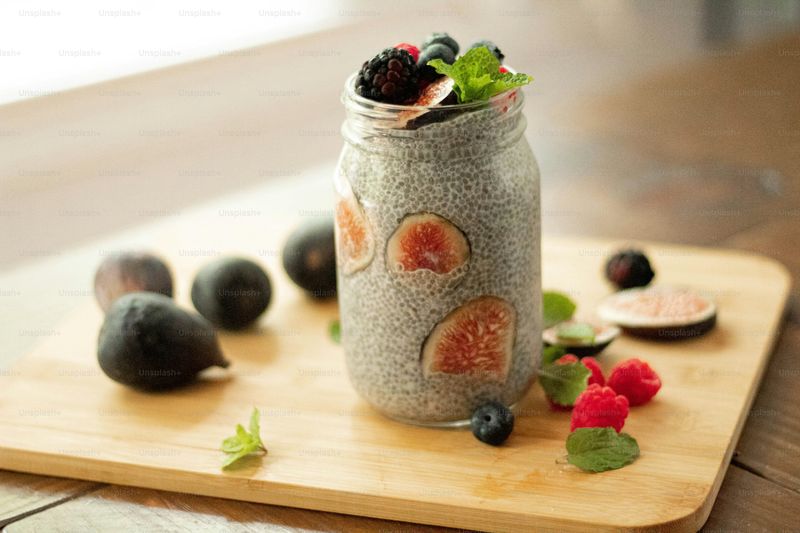
Chia seeds, though small, are nutritional titans. Originating from Central America, these seeds were a staple in ancient Aztec diets. Rich in omega-3 fatty acids, they’re perfect for heart health.
Add a tablespoon to your morning smoothie for a fiber boost or sprinkle them on yogurt for an added crunch. Despite their tiny size, they absorb liquid and swell, creating a gel-like consistency.
This makes them an excellent thickener for puddings. Fun fact: “Chia” is the ancient Mayan word for strength.
Flaxseeds
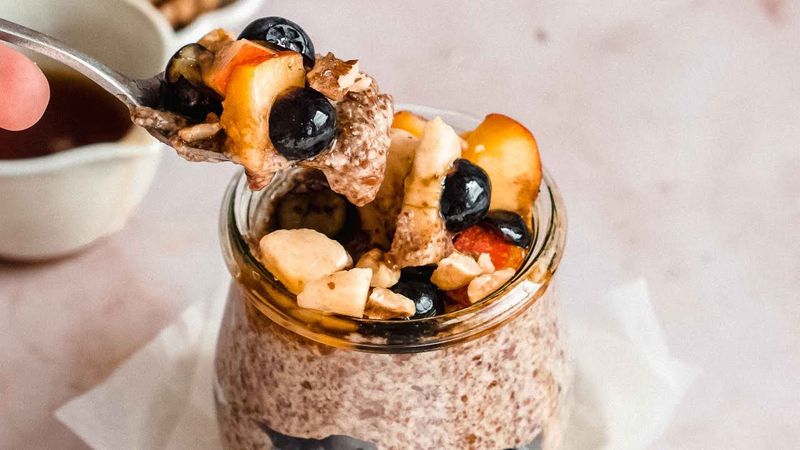
Flaxseeds are small, golden or brown seeds known for their high lignan content, beneficial for hormone balance. These seeds date back to ancient Egypt, where they were valued for their versatility.
Grind them before use to maximize nutrient absorption. Add them to baked goods or sprinkle over salads for a nutty flavor.
They also work well as a vegan egg substitute when mixed with water. Interesting tidbit: flaxseed oil is a popular dietary supplement for its rich omega-3 content.
Pumpkin Seeds
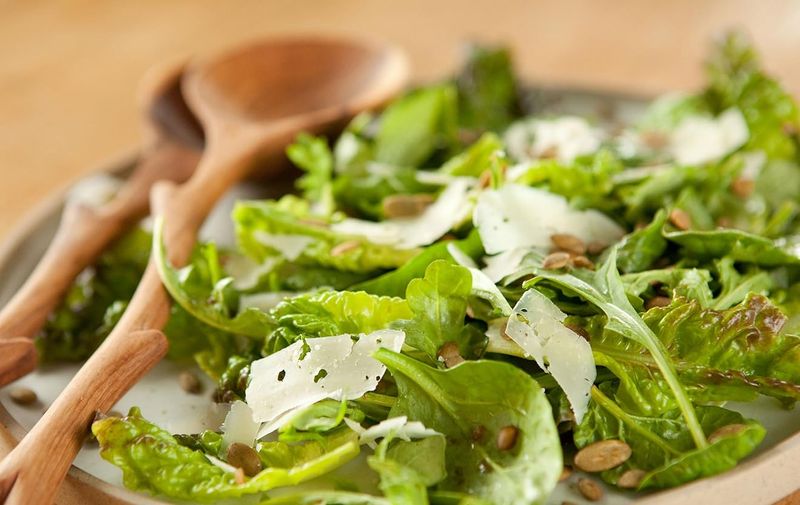
Pumpkin seeds, or pepitas, are more than just a Halloween snack. These seeds are a powerhouse of magnesium, crucial for muscle function and bone health.
Roasted or raw, they add a delightful crunch to salads and soups. Try them in pesto for a unique twist on the classic sauce.
Their green hue adds visual appeal to any dish. Did you know? The Aztecs regarded pumpkin seeds as highly valuable, using them in a variety of dishes.
Sesame Seeds
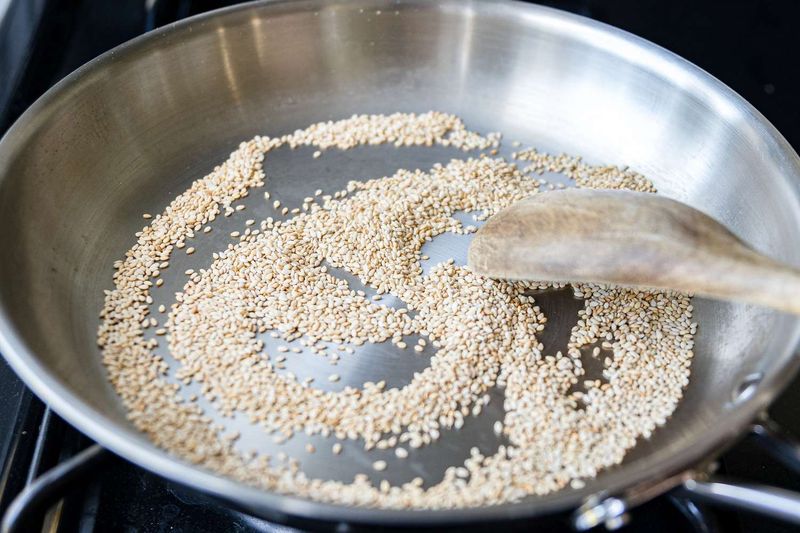
Sesame seeds are ancient treasures, cultivated for over 3,500 years. They’re tiny yet mighty, packed with calcium which supports bone health.
Sprinkle them on stir-fries or toast them to enhance their nutty flavor. Black sesame seeds are known for their slightly earthier taste.
Both varieties add a lovely crunch to baked goods. Fun fact: In ancient Babylon, women believed sesame seeds mixed with honey would prolong youth and beauty.
Sunflower Seeds
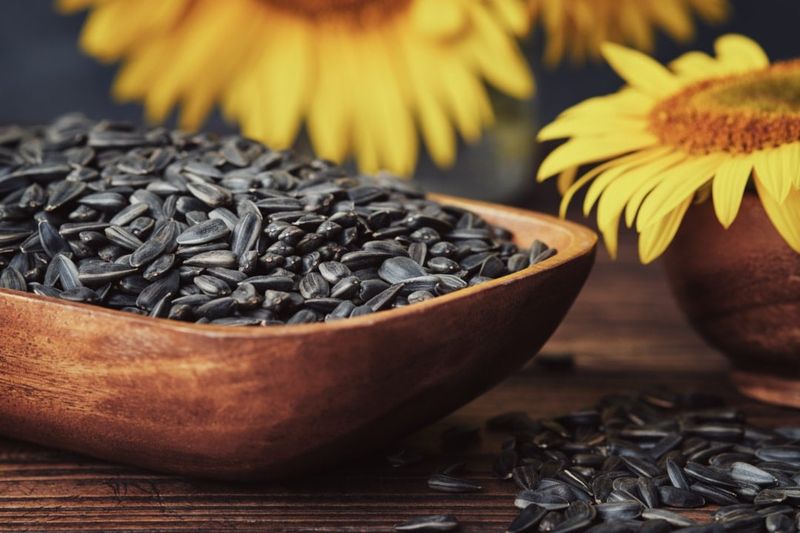
Sunflower seeds are the heart of the giant yellow flowers that track the sun. Rich in vitamin E, they support skin health, making them a favorite snack.
Toss them into salads or mix into granola for an extra crunch. Their mild nutty taste complements both savory and sweet dishes.
Fun discovery: Native Americans cultivated sunflowers for both their seeds and oil long before Europeans arrived.
Poppy Seeds
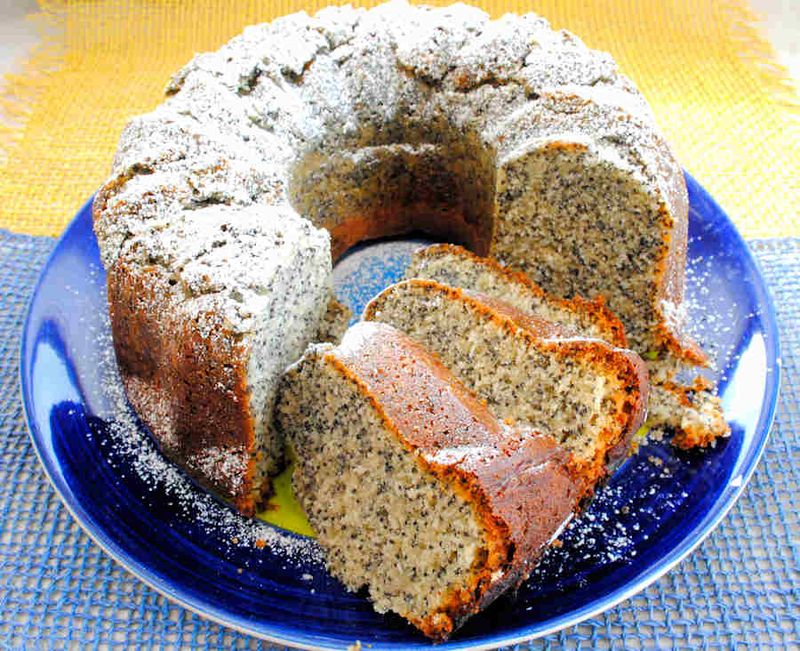
Poppy seeds, though small, pack a punch in both flavor and history. Known for their nutty aroma, they are often used in baking.
Sprinkle them on breads or muffins to add texture and taste. Their crunchy exterior and soft interior make them unique.
Historically, they were used in ancient Greece for medicinal purposes. Intrigue: Did you know poppy seeds can produce a false positive in drug tests due to their opiate content?
Hemp Seeds
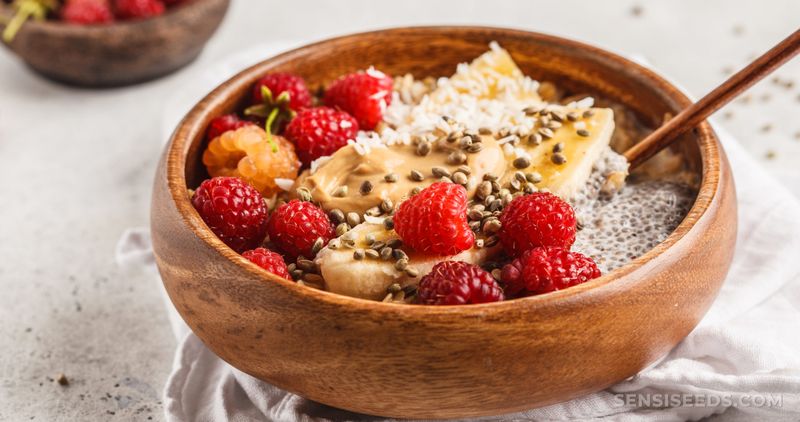
Hemp seeds, renowned for their complete protein profile, are a dietary gem. Unlike any other plant-based source, they contain all essential amino acids.
Sprinkle them on your salad or blend into smoothies for a creamy texture. Their subtle nutty flavor makes them a versatile addition.
Fun insight: Despite their relation to cannabis, hemp seeds won’t cause any psychoactive effects. They are purely nutritional powerhouses.
Quinoa Seeds
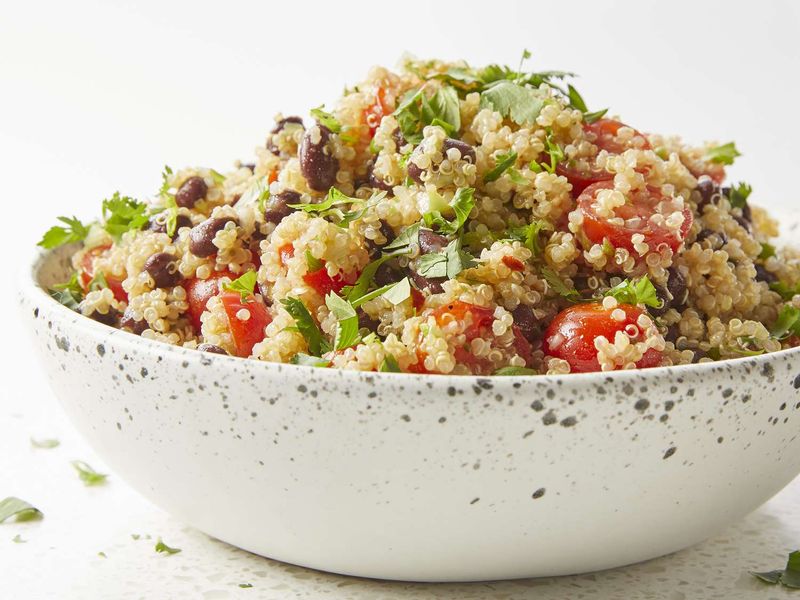
Quinoa, often called a seed but technically a pseudocereal, originates from the Andes. It’s a complete protein source, making it ideal for vegetarians.
Cooked quinoa seeds are fluffy and slightly nutty, perfect as a rice alternative. Try them in salads or as a base for hearty bowls.
An ancient staple, the Incas referred to quinoa as the ‘mother of all grains.’ Did you know? It was considered sacred and used in ceremonial offerings.
Mustard Seeds
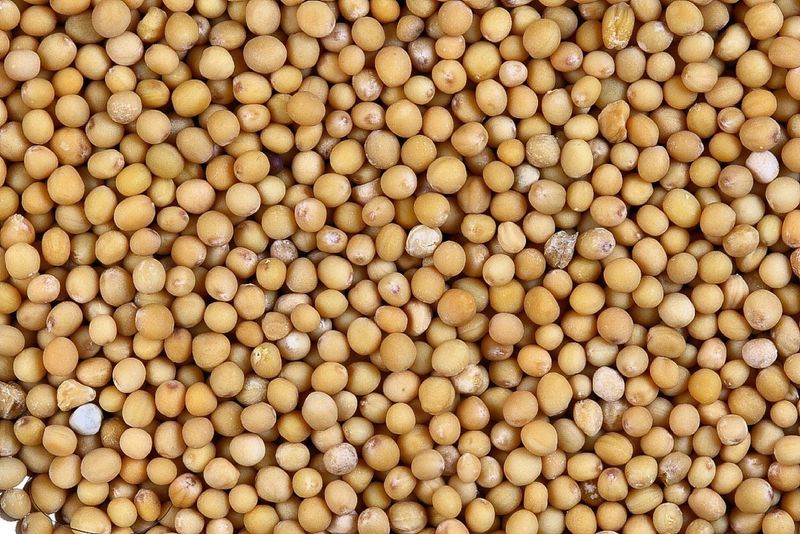
Mustard seeds are the unsung heroes behind the classic condiment. Their fiery flavor is unleashed when crushed or toasted.
Use them to add a spicy kick to dressings or pickles. In Indian cuisine, they’re often tempered in oil to enhance curries.
A curiosity: The tiny seeds can grow into towering mustard plants, showcasing nature’s wonders.
Coriander Seeds
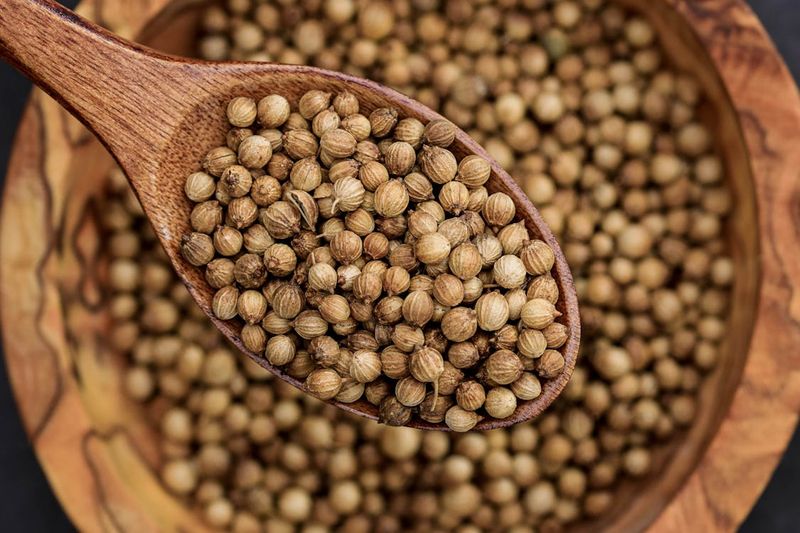
Coriander seeds are cherished for their citrusy, floral notes. Ground or whole, these seeds are a staple in spice blends worldwide.
Toast them lightly to bring out their essential oils, enhancing flavor in meats and stews. They’re a key ingredient in garam masala.
Fun fact: The ancient Egyptians buried their pharaohs with coriander seeds as a symbol of eternal love.
Fennel Seeds
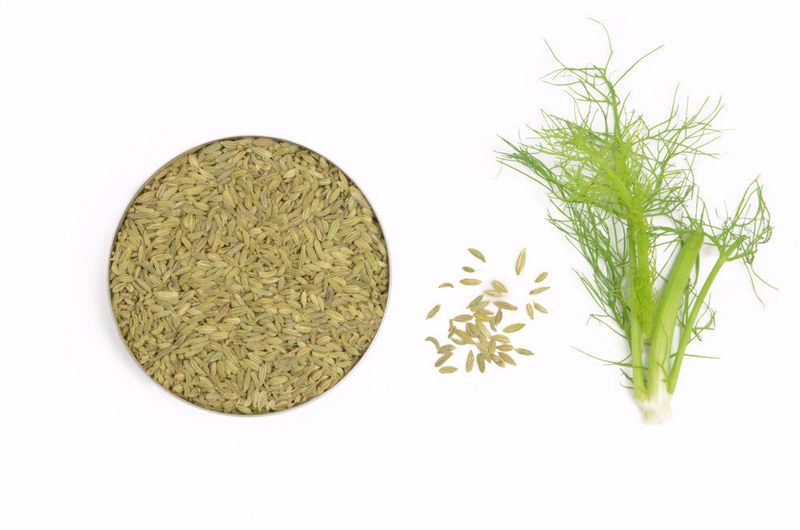
Fennel seeds, with their sweet, anise-like flavor, are both a spice and a breath freshener. Popular in Mediterranean cuisine, they add depth to meats and breads.
Chew them after meals to aid digestion and enjoy fresh breath. Their bright green color is visually appealing.
Interesting tidbit: Ancient Romans considered fennel seeds a symbol of strength and longevity.
Caraway Seeds
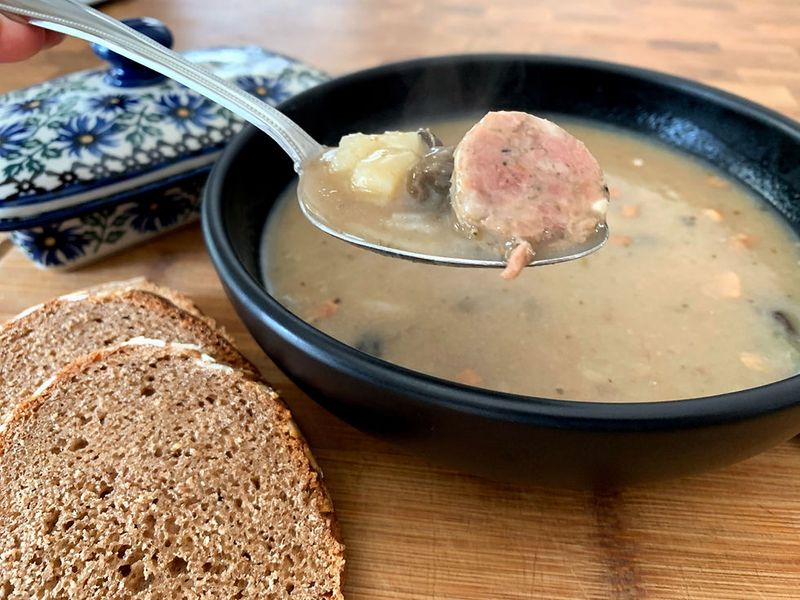
Caraway seeds bring a distinctive, earthy flavor cherished in European cuisines. Essential in rye bread, they offer a warm, aromatic note.
Add them to sauerkraut or cheese dishes for a unique twist. Their crescent shape and brown color are unmistakable.
Historic note: Caraway seeds were used by ancient Greeks for medicinal purposes, often as a digestive aid.
Nigella Seeds
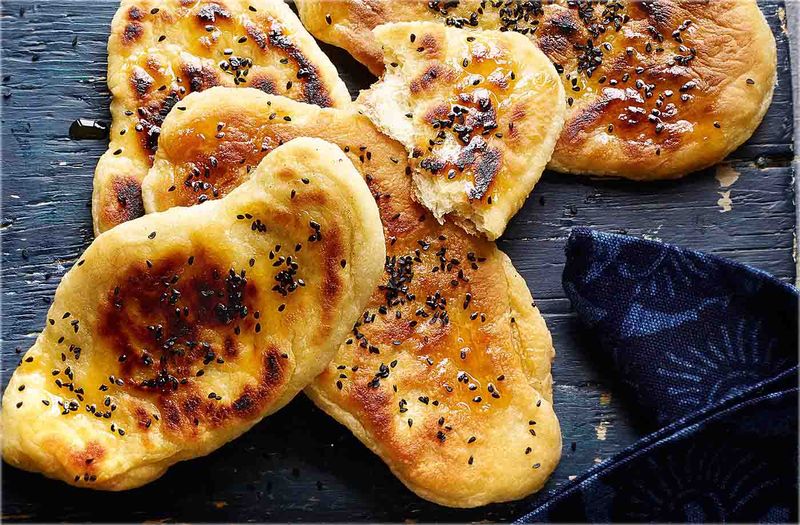
Nigella seeds, often called “black cumin,” are tiny and packed with flavor. Their onion-like taste, with hints of oregano, makes them a versatile spice.
They add intrigue to curries, breads, and salads. Their jet-black color provides a striking contrast in dishes.
Did you know? Nigella seeds were found in Tutankhamun’s tomb, a testament to their ancient value.
Fenugreek Seeds
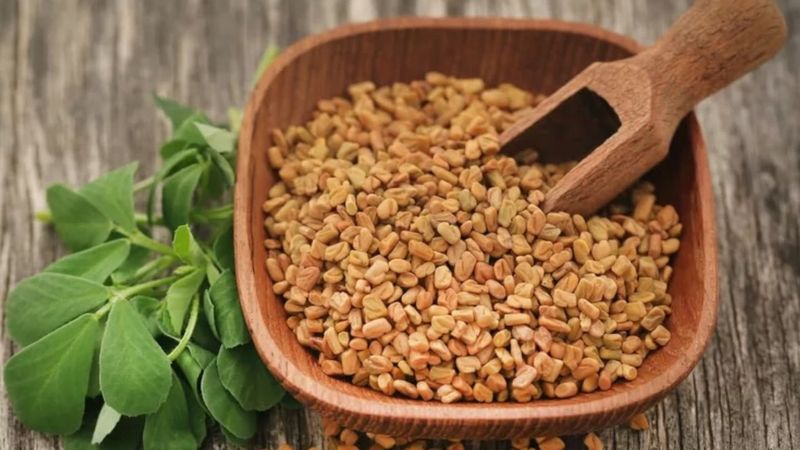
Fenugreek seeds are a staple in Indian cooking, known for their maple-syrup aroma. Toast them lightly for a nutty flavor that enhances curries and stews.
These seeds have a unique property: when soaked, they become gelatinous, perfect for thickening sauces.
Fun fact: Fenugreek seeds were used by ancient Egyptians for embalming, highlighting their historical significance.
Safflower Seeds
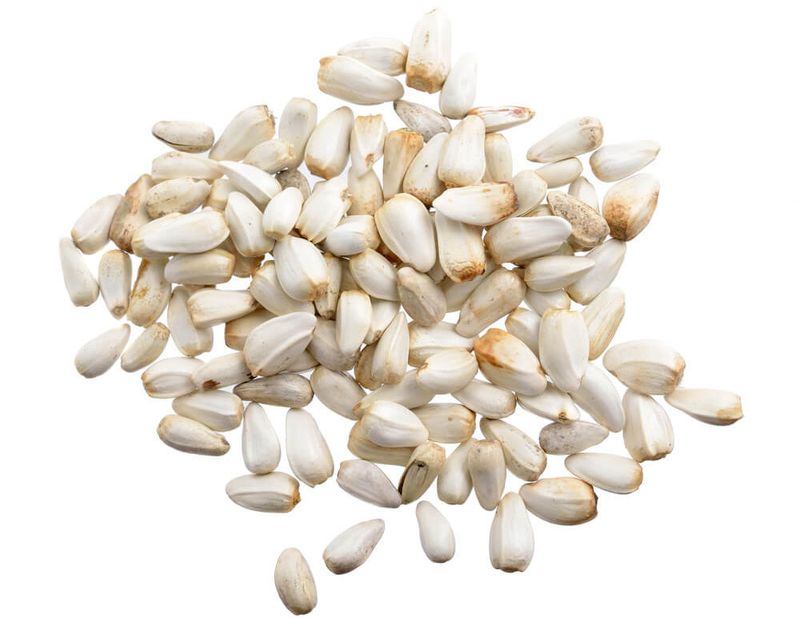
Safflower seeds are less known but offer a mild nutty flavor, perfect for salads and baked goods. Their oil is prized for its health benefits, especially for heart health.
They resemble small sunflower seeds and carry a delicate crunch. Use them to garnish dishes for a subtle taste.
A bit of history: Safflower has been cultivated for over 4,000 years, originally used for its dye.
Cumin Seeds
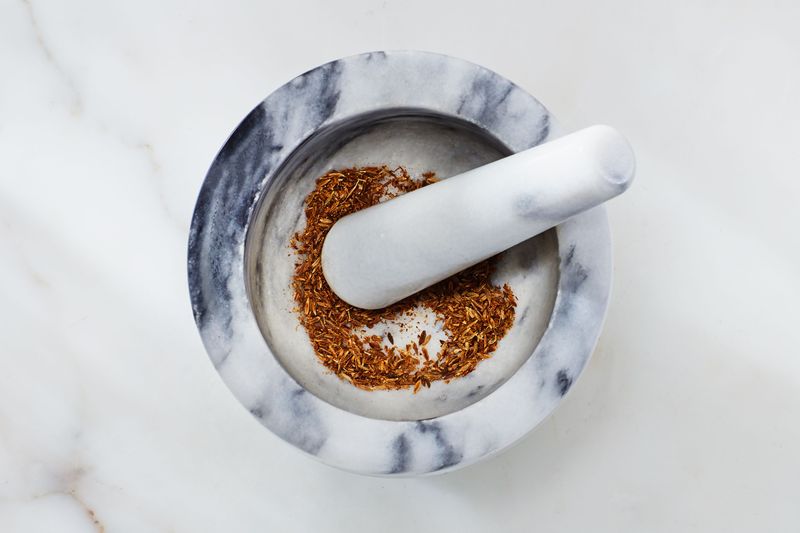
Cumin seeds are a staple in global cuisines, known for their warm, earthy aroma. They’re integral to spice blends like curry and chili powder.
Toast them to release natural oils, enhancing flavor in dishes. They add depth to soups, stews, and meats.
Quirky fact: Cumin was once used as a symbol of love and fidelity in ancient Rome, gifted between lovers.
Leave a comment